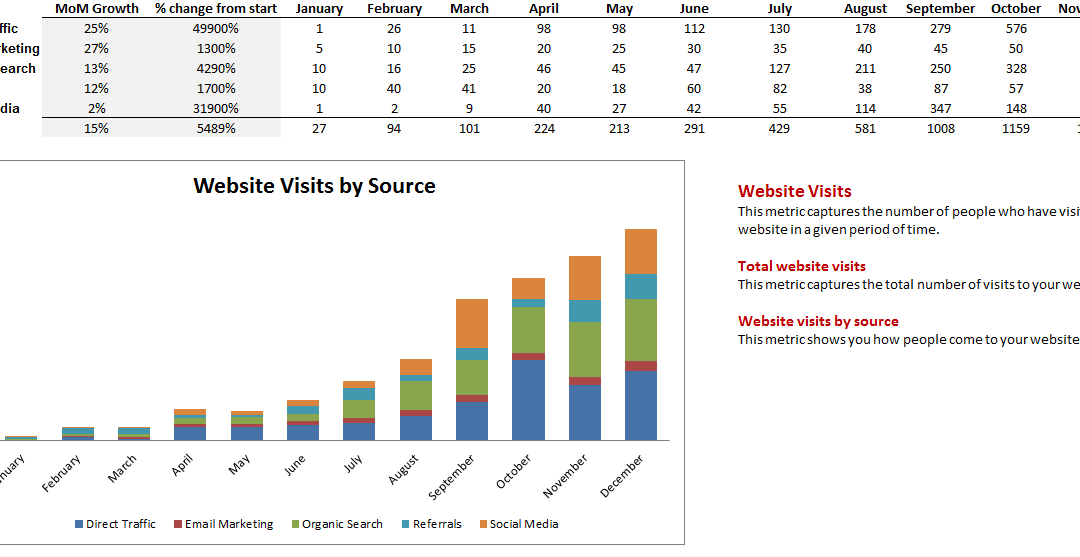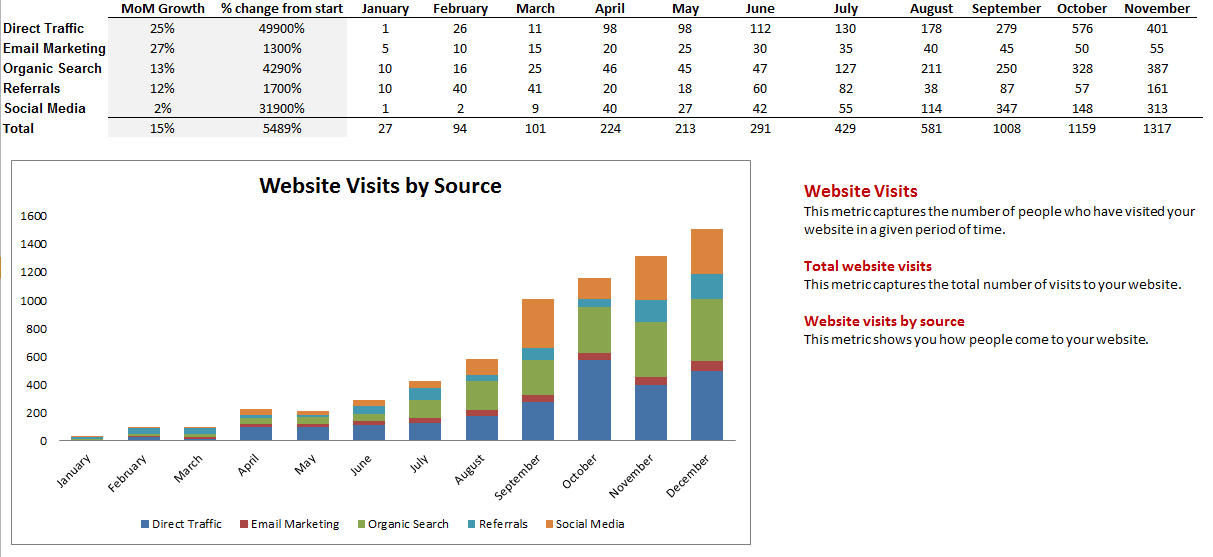
Learn From The Past To Prevent Future Marketing Mistakes
Before you make your marketing resolutions for this year, take a moment to look at last year’s digital content marketing successes and failures.
As the new year begins, take the opportunity to look at past marketing choices, see what worked and what didn’t, and shape goals for the future. The year ahead is a blank canvas, but evaluating past successes and missteps is key to making sure the big picture works.
Writing for Forbes Communication Council, Senior Digital Marketing Manager at Caring People Inc. Karina Tama-Rutigliano offers these four tips for successfully moving forward with digital marketing.
1) Don’t go anywhere without clear, specific goals — and a plan for measuring results.
Assuming you’ve been tracking useful metrics along the way, the end of the year means you’re armed with a fresh crop of data. Take time to study and evaluate your data, and use it to develop incremental goals, as well as projections for next year. If you haven’t already, now is a good time to implement a documentation strategy, like our Monthly Marketing Report Template.
Furthermore, take a moment to consider how the metrics you’re currently tracking are serving you. Is your data giving you the insights you need? Are you left with questions about where your efforts are successful, or where another approach is needed? The beginning of the year is a good time to tweak your plan for tracking and measuring the results of your digital marketing efforts.
2) Don’t forget the “social” in social media.
[bctt tweet=”Social media platforms are viable places to engage with your customers,” writes Tama-Rutigliano. This means encouraging interaction with your posts, replying to comments, and engaging with posts from your community.” username=”Fronetics”]
You’re so busy creating and curating content to be fresh, relevant, and engaging for your social media audience, you forget that one crucial part of social media marketing: the social. “Social media platforms are viable places to engage with your customers,” writes Tama-Rutigliano. This means encouraging interaction with your posts, replying to comments, and engaging with posts from your community — be part of the conversation, and build relationships.
3) Don’t put all your eggs in one basket.
With so many options for digital marketing, all of them full of possibilities, it can be tempting to choose one or two and put all your dollars and efforts there. But a successful digital content marketing strategy is robust and well-rounded. Use your year-end data to evaluate where your efforts are thriving, and where you need to devote some cash and ideas.
4) Don’t post without a purpose.
We’ve all felt the push to create content, just for the sake of getting something new up on the blog or social media platforms. But content without a clear purpose in mind is never going to get you the best results.
It’s easy to get cynical, and think that content creation is just about feeding the search engine beast. But the heart and soul of content marketing is about sharing your knowledge and expertise with your customer-base, building trust, and creating lasting relationships.
Related posts:




